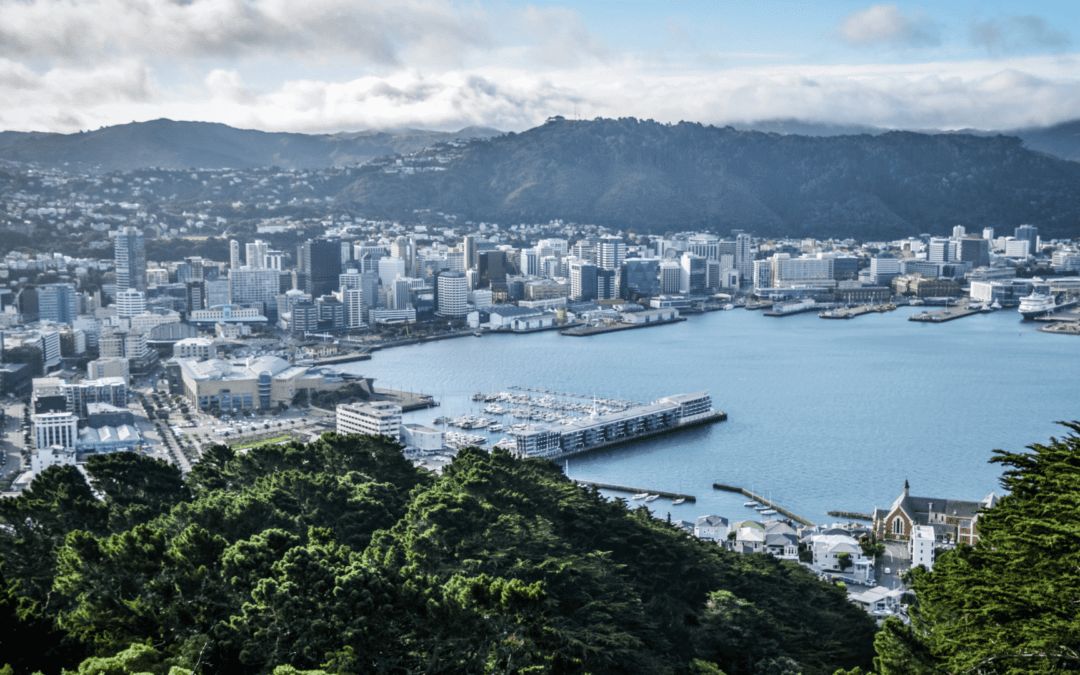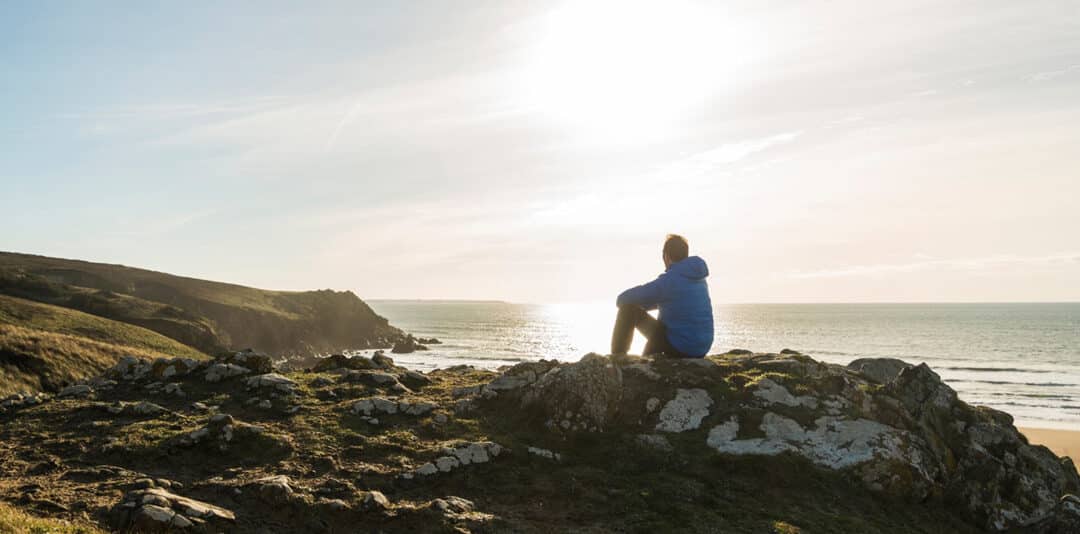Part Three of Planet Spratt’s Journey to Sustainability
The tragedy of the commons is an economic problem in which every individual has an incentive to consume a resource, but at the expense of every other individual—with no way to exclude anyone from consuming. Initially it was formulated by asking what would happen if every shepherd, acting in their own self-interest, allowed their flock to graze on the common field. If everybody does act in their apparent own best interest, it results in harmful over-consumption (all the grass is eaten, to the detriment of everyone)
The problem can also result in under investment (since who is going to pay to plant new seed?), and ultimately total depletion of the resource. As the demand for the resource overwhelms the supply, every individual who consumes an additional unit directly harms others—and themselves too—who can no longer enjoy the benefits. Generally, the resource of interest is easily available to all individuals without barriers (i.e. the “commons”). *
*The Investopedia Team – March 2022
As a child I spent my hazy summers at a family bach overlooking a local farmer’s property. His property commanded sole access to a tidal beach and we could only go down to swim, sail and play with his permission. It was permission he gladly granted – it was the asking that was the important thing.
Over the years we got to know this “old man” and he would share information, “secrets” he called them, about the beach and its bounty. First there was the cockle bed well past the low tide mark but easily accessible for adventurous nine-year-olds prepared to get their bottoms wet. We would walk out at low tide, shuffle our feet around in the sand and then fill our little buckets with shellfish. We only took enough for dinner (cockle fritters with a touch of sand) and never wasted them for fear of a stern telling off by mum and dad or the farmer.
Later he showed us how to set a net for the snapper that schooled into the Bay at high tide during their early summer migration. The snapper fed on the cockles and kina, fattening up before moving up into the shallows to spawn among the mangroves in the upper harbour.
When we were a little older he showed us how to live bait off the rocks for the highly territorial kingfish who feasted on the Sprats, Mackerels and baby snapper that returned to our bay in late summer after spawning.
Then came the changes. The farmer died and no one survived him who was willing to run the farm or pay the rates. The local council stepped in to “protect the asset” and turned it into a park for use by all. We watched with interest as roads were built, footpaths laid, public toilets and bus stops installed. Then the people came. First in ones and twos. Then in their dozens. By the height of summer hundreds and sometimes thousands descended onto our once private slice of heaven.

With them came cockle hunters. We didn’t mind the kids and parents with their buckets and squeals of delight. It was the “sack people” who walked up and down the beach in human chains descending on the cockle beds when they discovered them and then filling huge sacks with their prize. They came every weekend taking and taking and taking until even our “secret” bed had been found and pillaged.
After a couple of seasons the cockle beds were almost totally destroyed. The sack people still came, but only very occasionally and for lean pickings. Every sack they took reduced the shellfish stocks even further. The families who took home a hard won bucket of cockles don’t really bother with cockling too much these days. An icecream from the dairy up the road is an easier prize.
The snapper don’t come round the headland much these days either, there isn’t sufficient left for them to eat. The kingfish still hunt mackerels and sprats around the rocks, but their numbers are tiny compared to before and none of them are the 75cm legal size even if you were lucky enough to catch one.
People still swim and laugh and play in the shallows. What they don’t know is that the sack people have denied them the pleasure and privilege of nature’s bounty. Their children will never understand the perfect complexity that once existed here and at many other beaches all up the Coast.
It’s called The Tragedy of the Commons and applies to so many of our supposedly limitless resources. The giant North Island kauri forests are gone, pillaged for export and local housing by the saw millers and gum diggers in the early days of settlement. Before them the Moas were extinguished by fire, weaponry and the fierce folk who wielded them both.
Now it is the streams, lakes and oceans that are being polluted, pillaged and poisoned by a few to their own benefit and to all of society’s great loss. It is an invisible plague that doesn’t even have the courtesy to call “bring out your dead” when passing by in their mega machines.
The Tragedy of the Commons problem that William Forster wrote about nearly two hundred years ago tells us a lot – mainly about ourselves.
One issue is the way we humans so often rationalise our behaviour with cliches like:
“I have my rights you can’t tell me what to do”
“If I don’t take it someone else will”
“There is plenty to go around I am only taking my fair share”
Another issue is that the application of quotas, catch limits, water rights and pollution controls require three main things:
- Government Intervention
- Willingness by both companies and individuals to pay for the cost of the resources that they consume
- A means of measuring and controlling resource exploitation
The true cost of unfettered resource exploitation has occupied my mind recently. I made a trip to Nelson and saw the scallop seeding plant down near the harbour.
The scallop fisheries in Tasman and Golden Bays were fished to extinction back in the 1970’s and an attempt has been made to restore this lost treasure by breeding fledgling scallops in huge tanks and then collecting their “seeds” and distributing them across a range of sites that previously contained large quantities of these wonderful shellfish.
Nature’s resources destroyed forever
This decade-long attempt has been a failure. Dredging was the preferred (and cheapest) way of taking scallops commercially and privately fifty years ago. This method destroyed the sea grasses that covered the sandy bottom. These seemingly unimportant grasses were in fact the source of protection for growing scallops. The sandy bottom has been left a desolated desert and the scallops are gone, forever it seems, despite science’s best efforts to heal the damage done two generations ago.
What makes this, and so many other examples, so important is that there are still many people in New Zealand and around the world who treat our common resources as unlimited and consider the “most economically efficient” method of extraction as being the right way to do things. It’s not just businesses who act this way. Individuals like the sack people will destroy a resource seemingly without a second thought for the consequences.
Many of my generation have grandchildren now. Like me they have been to the beaches of our childhoods and found them depleted and barren – despite the pretty trees, the shiny concrete footpaths and solar powered public toilets.
We Baby Boomers too have seen that we have a role in changing the world around us. We are powerful and rich (so my children tell me) but we are not utterly immune to the pain of the loss of our natural treasures.
My colleagues and I are analysts by training and profession. Our response to sustainability is actively measuring our business’s carbon footprint now. Things like fuel, travel, lighting, heating and freight are all counted. We offset these emissions by paying for the carbon we consume either directly via renewable energy certificates (REC’s) or indirectly via government mandated carbon credits.
We are also doing this same analysis for many of our clients who are recognising that their customers want real answers to the problem of climate change and environmental destruction.
Our customers also see younger talent making employment choices on the basis of a firm’s social responsibility policies.
By measuring our usage, limiting our consumption and paying a fair price for our share of the planet’s prolific treasures there may be light at the end of the tunnel.
Perhaps one day my grandchildren’s grandchildren will see this time as a turning point in history as they fill their tiny buckets with just enough shellfish for a meal of cockle fritters with a touch of sand.







